What is Article 5 of the NATO charter?
- By Alex Hollings
Share This Article
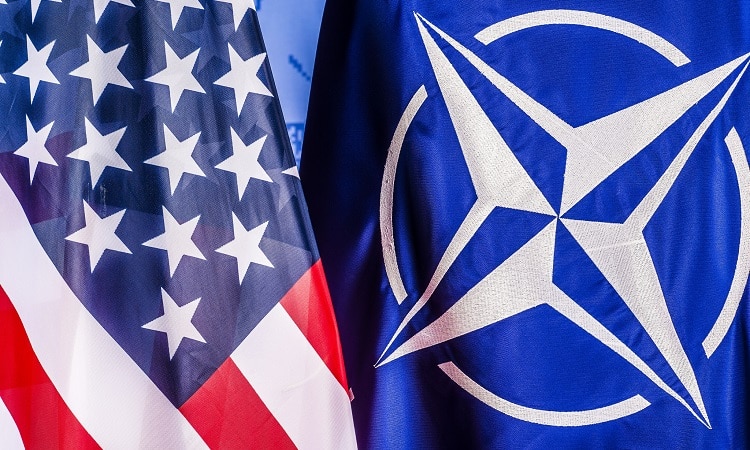
Article 5 of the NATO Charter is commonly referred to as the “collective defense” clause. It’s really the teeth of the alliance itself, outlining how and why members of the alliance will come to the military aid of fellow members. In effect, Article 5 breaks down what NATO is willing to go to war over.
Put simply, Article 5 is the portion of the NATO charter that requires members to go to war in support of an ally when attacked.
According to NATO website, the most important elements of Article 5 to be aware of are:
- Collective defense means that an attack against one Ally is considered as an attack against all Allies.
- The principle of collective defense is enshrined in Article 5 of the Washington Treaty.
- NATO invoked Article 5 for the first time in its history after the 9/11 terrorist attacks against the United States.
- NATO has taken collective defense measures on several occasions, for instance in response to the situation in Syria and in the wake of the Russia-Ukraine crisis.
- NATO has standing forces on active duty that contribute to the Alliance’s collective defence efforts on a permanent basis.

Related: HOW MUCH DOES EACH NATO NATION SPEND ON DEFENSE?
Article 5 of the NATO Charter
“The Parties agree that an armed attack against one or more of them in Europe or North America shall be considered an attack against them all and consequently they agree that, if such an armed attack occurs, each of them, in exercise of the right of individual or collective self-defence recognized by Article 51 of the Charter of the United Nations, will assist the Party or Parties so attacked by taking forthwith, individually and in concert with the other Parties, such action as it deems necessary, including the use of armed force, to restore and maintain the security of the North Atlantic area.
Any such armed attack and all measures taken as a result thereof shall immediately be reported to the Security Council. Such measures shall be terminated when the Security Council has taken the measures necessary to restore and maintain international peace and security.”

Related: SPECIAL FORCES OFFICER SLATED TO LEAD NATO SPECIAL OPERATIONS
What is NATO?
NATO, or the North Atlantic Treaty Organization, is a governmental and military alliance comprised of 30 member states in Europe and North America. Although established on 4 April 1949, NATO’s roots can be traced back to the Treaty of Dunkirk between France and the United Kingdom in 1947, which promised mutual assistance between the two states in the event of an attack by Germany or the Soviet Union in the aftermath of World War II.
NATO’s original aim was to offset the rapid spread of Soviet communism during the Cold War, but the alliance has broadened its goals and operations to match the complexity of the modern world. Today, the U.S. Defense Department describes NATO’s fundamental goal as safeguarding “the Allies’ freedom and security by political and military means.”
Related Posts
Sandboxx News Merch
-

‘AirPower’ Classic Hoodie
$46.00 – $48.00 Select options This product has multiple variants. The options may be chosen on the product page -

‘Sandboxx News’ Trucker Cap
$27.00 Select options This product has multiple variants. The options may be chosen on the product page -

F-35 ‘Lightning’ Framed Poster
$45.00 – $111.00 Select options This product has multiple variants. The options may be chosen on the product page

Alex Hollings
Alex Hollings is a writer, dad, and Marine veteran.
Related to: Military Affairs
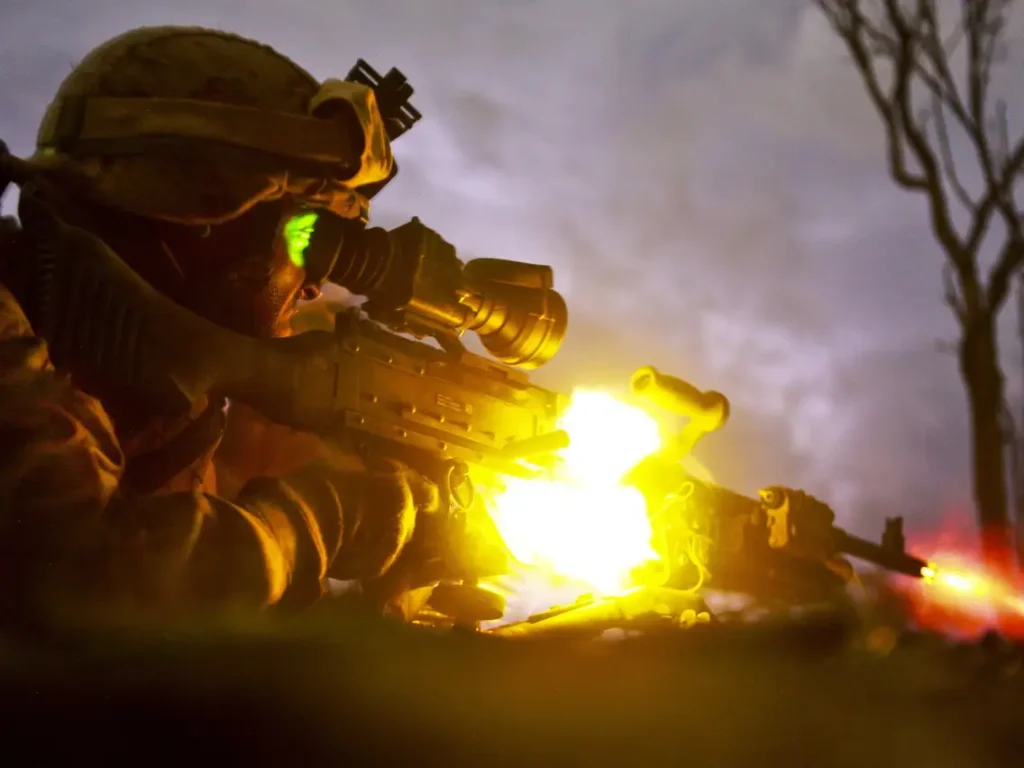
How US Special Forces took on Wagner Group mercenaries in an intense 4-hour battle
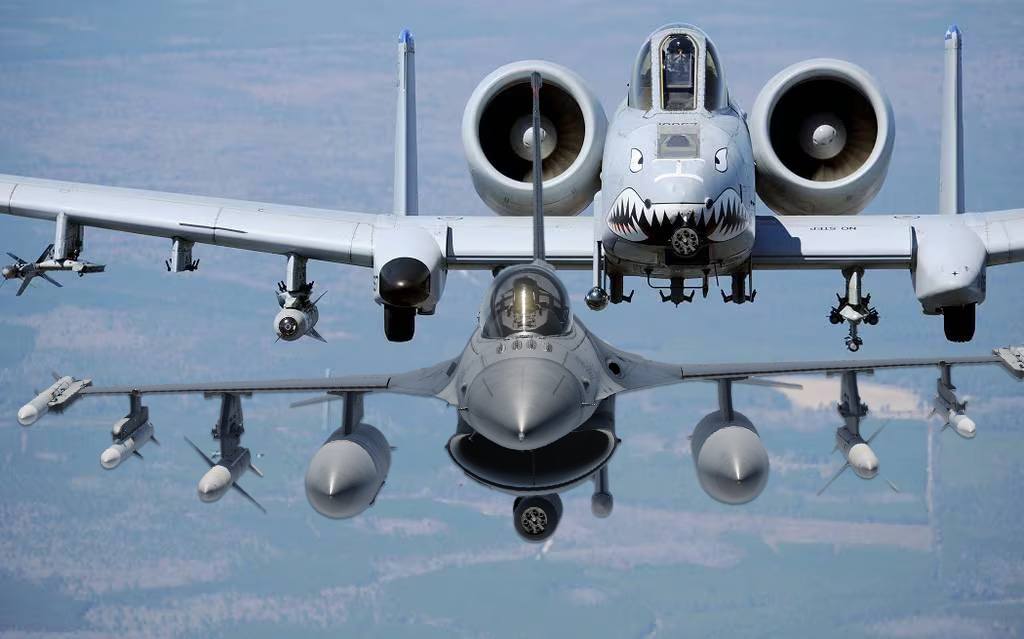
F-16s carrying the A-10’s 30mm cannon actually saw combat
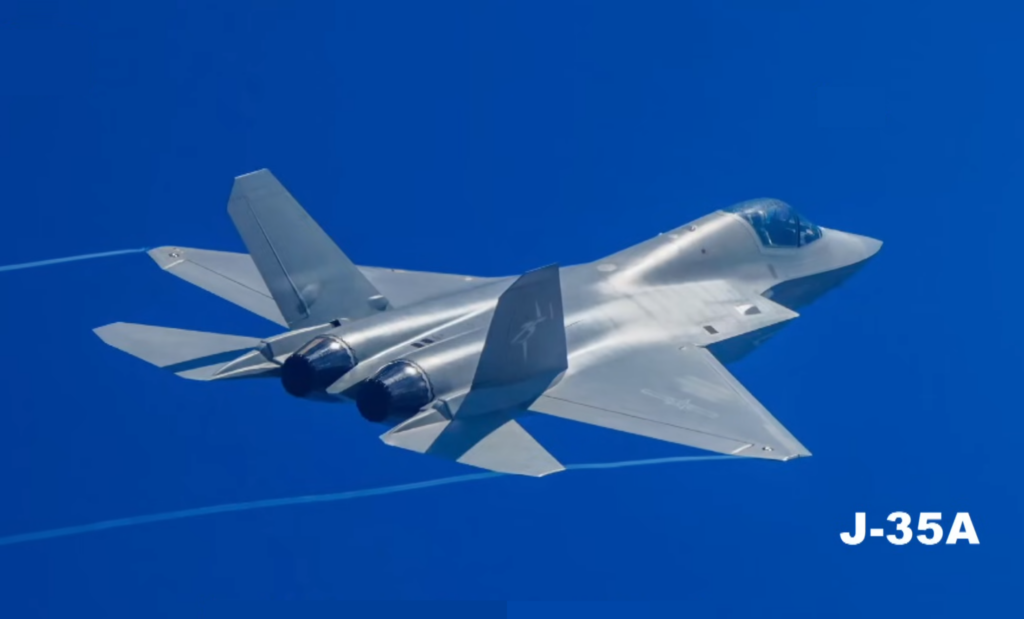
How does China’s new J-35 stealth fighter compare to America’s F-35?
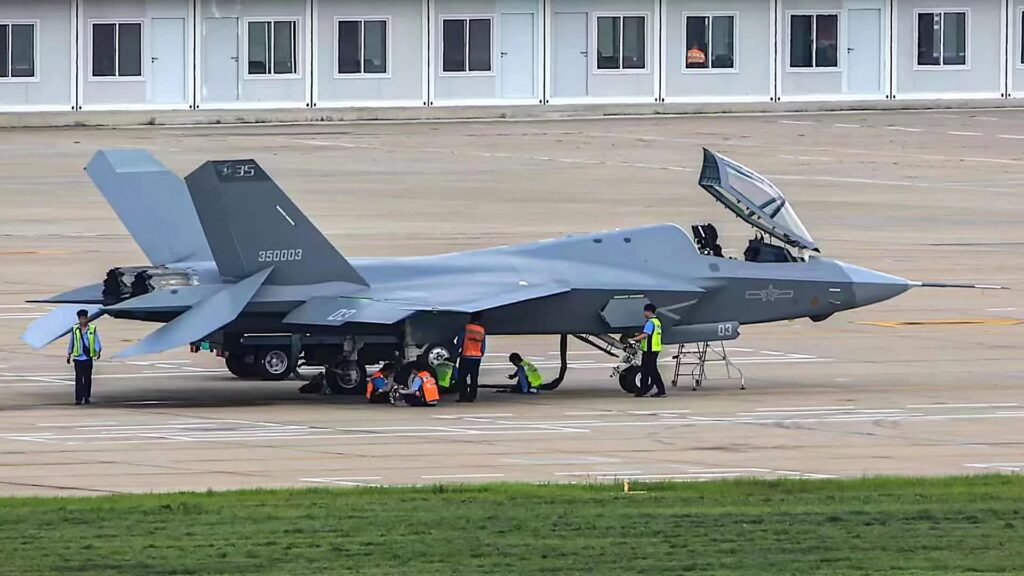
Why China’s new J-35 jet could mean trouble for America
Sandboxx News
-

‘Sandboxx News’ Trucker Cap
$27.00 Select options This product has multiple variants. The options may be chosen on the product page -

‘AirPower’ Classic Hoodie
$46.00 – $48.00 Select options This product has multiple variants. The options may be chosen on the product page -

‘AirPower’ Golf Rope Hat
$31.00 Select options This product has multiple variants. The options may be chosen on the product page -

‘Sandboxx News’ Dad Hat
$27.00 Select options This product has multiple variants. The options may be chosen on the product page
